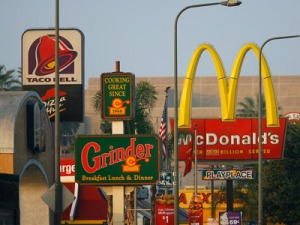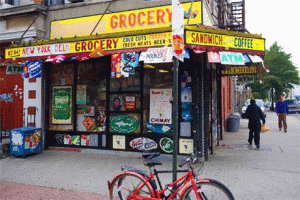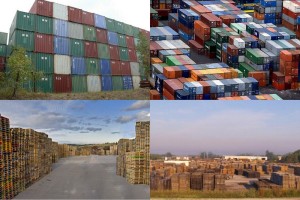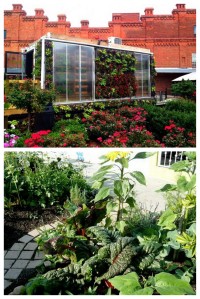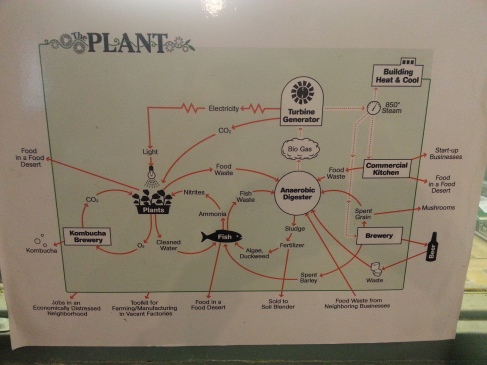Depending on who you ask, estimates for the number of Americans living in food deserts ranges between 23.5 and 26.5 million. What’s a food desert, you ask? This:
and this:
I didn’t know it at the time, but when I moved to New York in 2002, I lived in a food desert. The three nearest grocery stores had shrinkwrapped produce, so you couldn’t really feel or smell it to check for ripeness. Because of the styrofoam and plastic wrap around it, you also couldn’t fully inspect the produce, so a few times I got home with my lettuce or bell peppers only to discover moldy patches hidden against the styrofoam.
I was lucky to have a car at the time, and armed with my meager savings and student loans, I simply drove to the nearest Fairway to get fresh produce. These days, I live upstairs from a 24/7 fruit and vegetable shop, and I volunteer at a couple urban farms from time to time, so I fortunately don’t have that problem anymore.
But a lot of people do, and if you’re the type of person who’s into food policy and such, you’ve probably noticed that awareness of food deserts has fortunately become a bit of a Thing over the past few years. Where I live, organizations like Just Food do an outstanding job of sharing information and resources to combat the food desert problem, and organizations like GrowNYC operate 54 Greenmarkets in New York City, so that people can have better access to fresh local or regional food. There are also urban farms popping up more often, and I’ve written about some of them before.
Today, I’m writing briefly about how two people who are working to provide fresh, local food are also promoting social mobility, economic growth, and sustainable development. Ron Finley gave an inspiring and fun TED Talk about how and why he decided to take the soil into his own hands and grow food in South Central L.A.. Ben Greene (and team) have created an experience in Durham, North Carolina called The Farmery that helps people reconnect with their food and each other. Here is a fun minimentary on The Farmery.
There is plenty of data out there that correlates prenatal and early childhood nutrition with cognitive and behavioral development. The World Bank has a good primer, with a bonus quote from Carl Sagan and Ann Druyan that sums it up: when there isn’t enough food, the body has to make a decision about how to invest the limited foodstuffs available. “Survival comes first. Growth comes second. In this nutritional triage, the body seems obliged to rank learning last. Better to be stupid and alive than smart and dead”. By making fresh, healthy food available in the poorer communities that tend to be food deserts, we can help give more children a fighting chance to grow out of poverty and up the rungs of the social ladder.
By growing food locally and in small batches, urban farmers don’t have to rely on an Industrial Age house of cards to get most of their food to the market. As Ben Greene says in the Farmery minimentary, when you harvest produce using machines, then pack, refrigerate, and transport it, you lose a lot of inventory at every step in that process. On top of that, the cost of labor, machinery, maintenance, and fuel further eat into a farmer’s profit. Why not create a network of small, sustainable farms in major cities that eliminates most of the labor and all of the machinery and its related expenses? Decoupling the price of food from the volatile cost of fuel is an obvious way to increase food and energy security. We could even take a cue from the Farmery and build them out of upcycled materials like used shipping containers and pallets to cut down on some of the excess material that just sits in huge lots like this:
Next time, I might get into cost externalities and the subsidies we’ve heard about recently that have gone to dead people or that support obesity-promoting crops at the expense of healthy ones. For now, wouldn’t it be nicer to go somewhere in your neighborhood where you can buy fresh food from real people at a place that looks like one of these?
